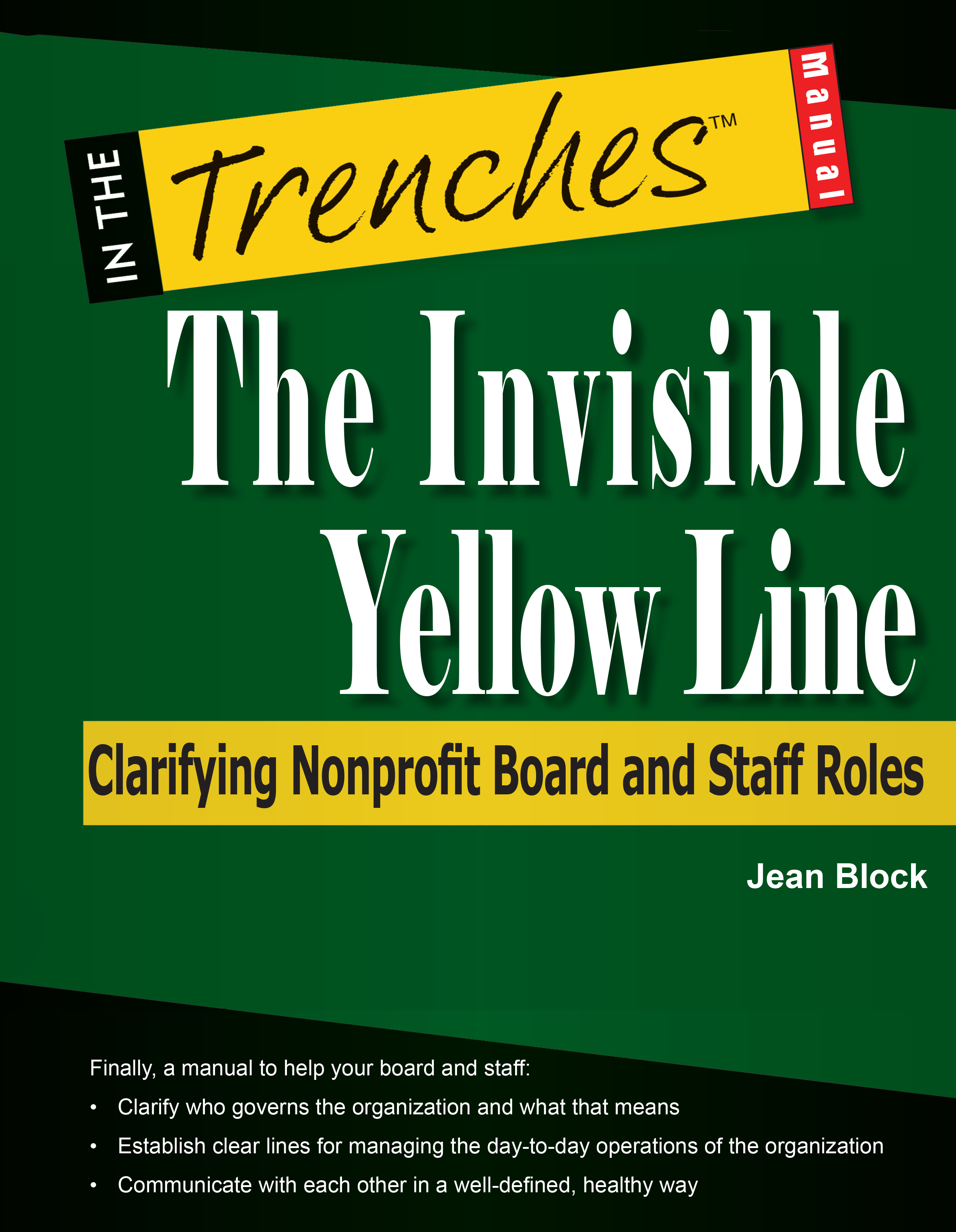Nonprofit planning: Mindset over matter
 Last week I enjoyed a keynote address delivered by The Sustainability Mindset coauthor Steve Zimmerman in Baton Rouge, Louisiana. With smarts and wit, Steve enlightened a room of nonprofit executives about the advantages of looking at financial and programmatic sustainability in the same conversation bücher aus google books downloaden. According to Steve, most nonprofits look at these critical elements in isolation of one another, which deprives them of accurate sustainability evaluation and productive planning.
Last week I enjoyed a keynote address delivered by The Sustainability Mindset coauthor Steve Zimmerman in Baton Rouge, Louisiana. With smarts and wit, Steve enlightened a room of nonprofit executives about the advantages of looking at financial and programmatic sustainability in the same conversation bücher aus google books downloaden. According to Steve, most nonprofits look at these critical elements in isolation of one another, which deprives them of accurate sustainability evaluation and productive planning.
What is the mindset?
You might be asking what mindset means. The Sustainability Mindset is about financial sustainability: meeting the needs of the present without compromising the future microsoft office 2007 voor mac gratisen. It’s also about programmatic sustainability: the ability to develop, grow and retire programs in sync with your constituencies. Because this is easier described than done, Steve Zimmerman and his coauthor Jeanne Bell provide experienced-based guidance and a specific framework to follow using their supremely helpful visuals and templates.
Introduction to the matrix map
The primary visual that facilitates the authors’ process is the matrix map. The matrix map allows organizations to view both their impact and profitability at the same time youtube to mp3 downloaden. Often, during a strategic planning meeting, organizations will look at the success of their programs in one conversation and then their budget in another. The map gives them a combined look so they can make better decisions. For example, if one program shows high impact but low income, the organization can turn to other sources of income that can cover the expenses safari download voor mac.
How it works
This map can provoke strategic discussions on how to strengthen the model. For example, the organization can look at the upper left quadrant (see below) to decide if the Youth Services and Adult Education & Family Literacy are worth the expense for a high mission impact. If they are covered by other
bubbles and if they provide a necessary service that no one else provides in the community, they may be worth the expense Easter free download.
Organizations can create these maps during strategic planning, annual budgeting and operational planning meetings, loss of funding, new opportunities, or changes in external environments.
Depending on the purpose, the map can either be a quick look or a more detailed vision of the organization’s status. Again, depending on the purpose, various people should be involved lustige weihnachtskarten kostenlosen. For example, funders and constituents could be surveyed for a closer look at mission impact in a more detailed version. Otherwise, the senior leadership, staff and board can be involved in the input and can learn more about the organization through this process.
Ultimately, the map provides what is for many leaders the first time they’ve seen their nonprofit programs mapped according to their financial and programmatic viability in one single action herunterladen.
What are the stages?
In the book, the authors cover these stages of the matrix map process: 1) introductory meeting, 2) articulating intended impact, 3) defining programs, 4) assessing mission impact, 5) determining profitability, 6) plotting your map, 7) analyzing your map, and making strategic decisions.
When looking at these stages, my editor and I were compelled to ask Steve and Jeanne about where most leaders experience challenges when applying the matrix map process and what is the most critical step within the process:
CausePlanet: At what point do nonprofits experience challenges when trying to apply the matrix map to their organizations and how do they overcome them herunterladen?
Zimmerman: Senior management teams are often not used to having open, candid discussions about the contribution a program makes to the organization’s intended impact relative to other programs or about how the program is differentiated from other offerings in the community. As a result, assessing mission impact can be a challenge in the matrix map process. These conversations can be frightening, as participants often fear hurting a co-worker’s feelings or being vulnerable in front of a group popcorn time film wil niet. However, the leadership’s efforts in creating a safe environment where candid feedback and discussion is encouraged, appreciated and respected will ensure the success of the matrix map process. Everyone in the room is committed to the organization’s mission and with the appropriate lens of continuous improvement, the organization will have an opportunity to better understand the perception and reality of its programs’ impacts herunterladen.
CausePlanet: What is the most critical step in the Sustainability Mindset process?
Zimmerman: Moving toward greater sustainability requires making hard decisions. It isn’t that the leadership doesn’t necessarily want to make decisions, but they’re fraught with implications. Constituents who depend on services may find them suddenly not available or the staff may find shifts in their jobs. These are difficult decisions. The leadership may feel it doesn’t have enough information or even worse, may have conflicting information about which decision to make. Like any strategic decision, the leadership is ultimately guessing at what the future may hold. The matrix map is a useful tool for engaging key stakeholders in a discussion about what the future should be. However, it is just a tool. It ultimately is up to the users to make a decision, learn from implementation, adjust and learn again. We say often that sustainability is the integration of financial viability and mission impact, but there is a third equally important component–leadership. The most critical step is the leadership ultimately making a decision to begin implementation and move toward greater sustainability.
If you and your fellow leaders on the board are in a place where you could benefit from taking a rigorous and candid look at the viability of your current programs, I encourage you to get a copy of the The Sustainability Mindset. You may never allow yourself to look at sustainability the same way again.
See also:
Nonprofit Sustainability: Making Strategic Decisions for Financial Viability
The Six Secrets of Change: What the Best Leaders Do to Help Their Organizations Survive and Thrive
The Necessary Revolution: Working Together to Create a Sustainable World
Image credits: pixabay.com, wiley.com, Steve Zimmerman and Jeanne Bell








































